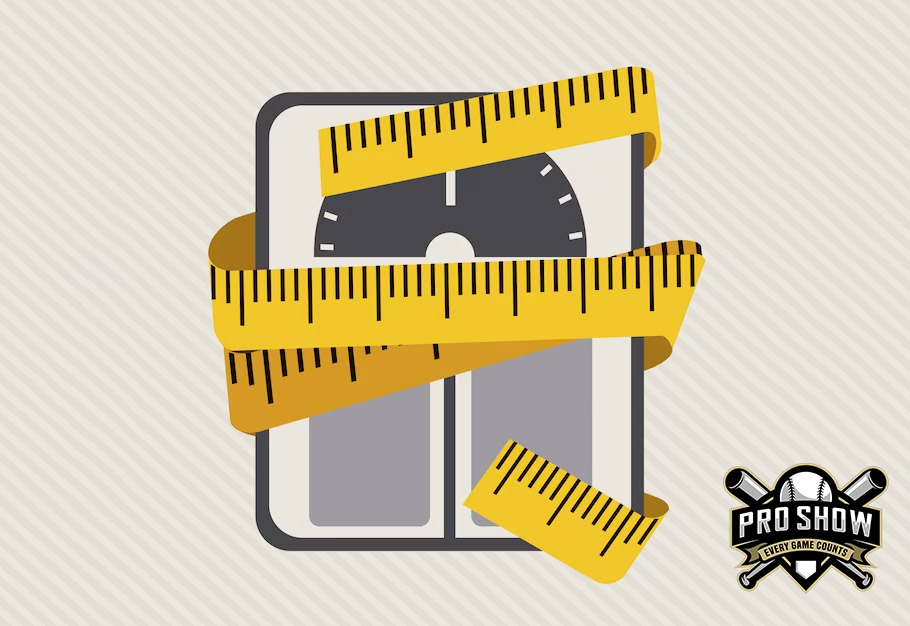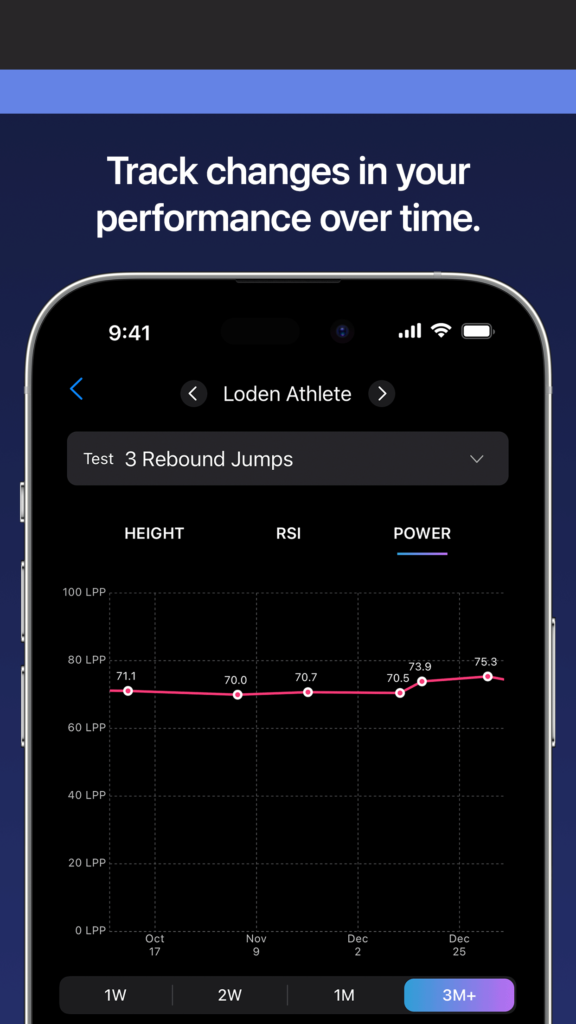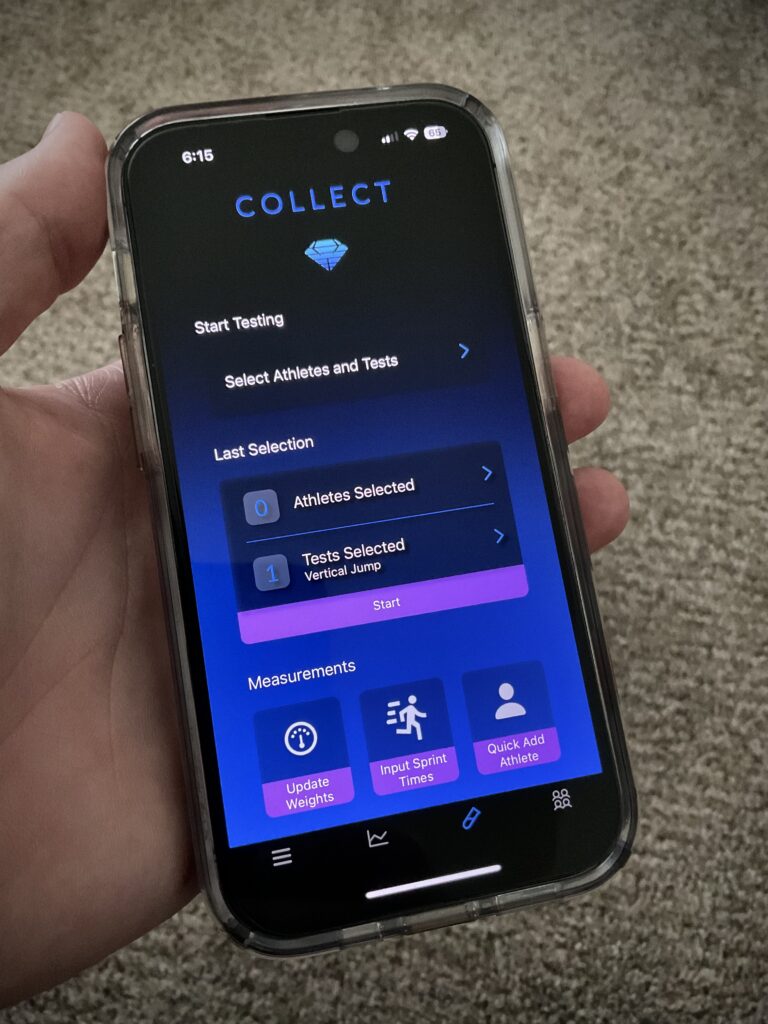Why Measuring Matters
Developing athletes should be measured in order to benchmark progress and for the aspiring and competitive athlete, to help keep them healthy. It’s the same reason why the doctor logs height and weight along with other measurables at yearly check-ups: so that there is history to reference.
It is important to strike a balance between measuring too much and measuring too little. This will come down to the needs of the athlete depending on where they are in their development (recommendations to follow).
Recommendations for Athletes of Different Ages
Young Athlete (Age 5-13) – A developing athlete whose physical activity should involve the sampling of a wide-variety of sports and activities; a healthy amount of unstructured play and exploration; and a focus on enjoyment in participation in sports and physical activities.
Young athletes should consider measuring for performance or physical traits at the same rate that the doctor does, once a year. In unique cases, such as where a young athlete has suffered an unfortunate injury, more frequent measuring can be performed as the young athlete rehabs. While measuring should be infrequent for this age group, it is still important. Note: for most young athletes, best practice for measuring #3 goes out the window.
Aspiring Athlete (Age 14+) – A developing athlete whose physical activity is geared towards attaining a certain outcome in sports or in their chosen activity. An aspiring athlete should find enjoyment in their sport and should choose to pursue their desired outcome of their own volition. An aspiring athlete should continue to participate in unstructured play, but should have a healthy amount of deliberate, structured training and practice in unity with their goals.
Aspiring athletes should measure with regularity over the course of the year. Frequency can vary from monthly if resources allow to 3-4 times per year when appropriately spaced. An aspiring athlete is a growing athlete and as such, it is important that they are taking advantage of an important development window before they reach physical maturation. Measuring can help make sure that an aspiring athlete is doing the right training or, doing their training right (correctly). In addition to measuring progress, data from regular measuring can help keep the athlete healthy and guide the creation of good habits.
Best Practices for Measuring
- Use reliable measuring tools. Make sure you can trust whatever you are using to measure, whether that be a weight-scale, a measuring tape, or timing gates.
- Consistently use the same tools. There is unavoidable variance between tools that measure the same thing. It is important that when benchmarking progress, the same tools are used from evaluation to evaluation. Example: don’t compare a laser-timed 10-yard sprint to a hand-timed 10-yard sprint.
- Consistently repeat the same process. There is variance in instruction from a coach and there is variance in how a developing athlete performs a test. If it is within the control of the developing athlete, they should try to repeat the same process each time they measure. Example: don’t compare a laser-timed 10-yard sprint with a standardized start (front foot location) to a laser-timed 10-yard sprint with a non-standardized or alternate standardized start. A difference in as few as 4-5 inches in front foot placement at the start of a 10-yard sprint can make a .10-.20 second difference in run times.
- Try to be as consistent as possible on time of day for measuring performance. Time of day matters. Each developing athlete has a circadian rhythm (the body’s biological clock).
- Peak performance for a developing athlete that gets regular sleep will be between 3pm and 6pm in the afternoon. Expect peak performance measurements closer to this window and less so the further outside that window you get.
- Use measured information to guide developmental goals. This is the best way to answer the questions: Am I wasting my time? Is this working? Is there more I could be doing? Is there something different I could be doing that is more effective? If you don’t measure, you can’t ask or answer these questions. If the goal is to jump higher, measure before training starts and after the block of training finishes. Follow the first four, best practices for measuring and use measuring to help you get better.



